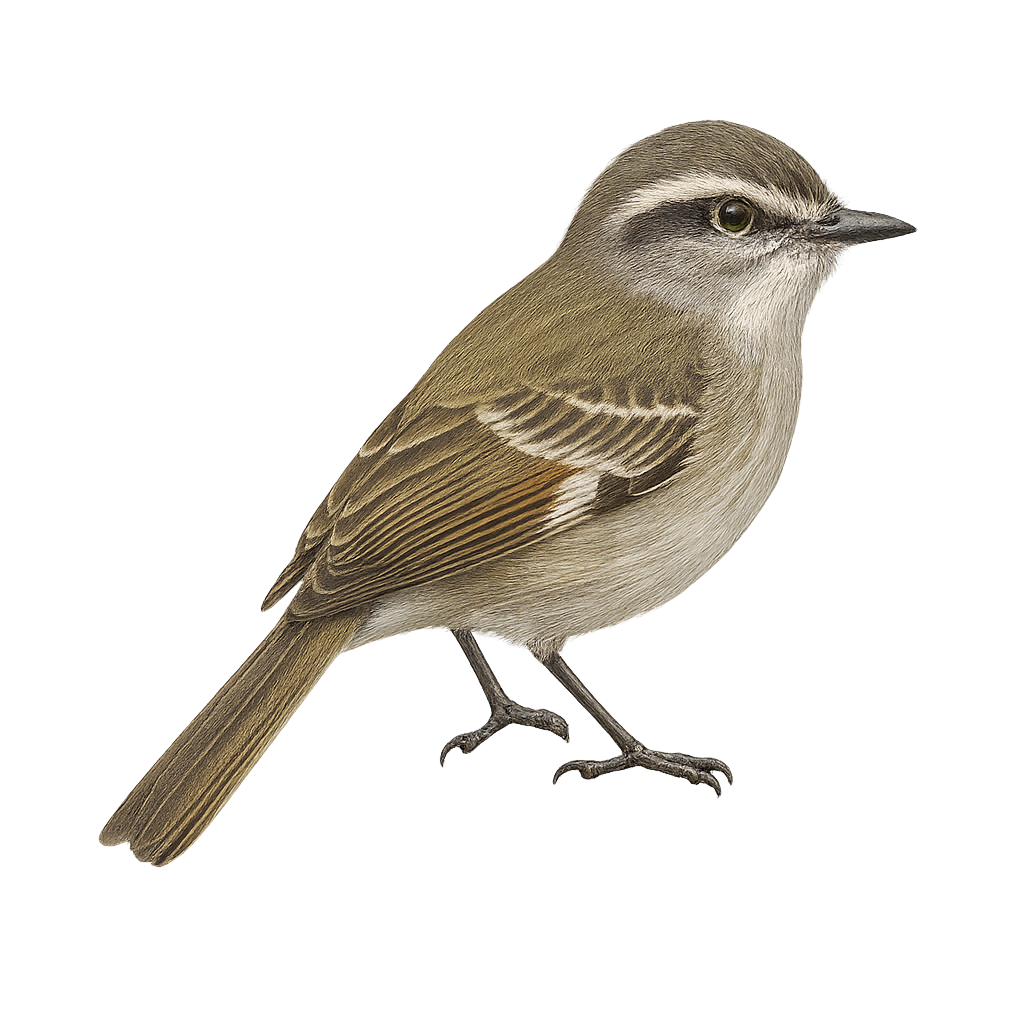Your wildlife photography guide.
Explore the rufous-winged tyrannulet in detail, study its behavior, prepare your shots.
Where to observe and photograph the rufous-winged tyrannulet in the wild
Learn where and when to spot the rufous-winged tyrannulet in the wild, how to identify the species based on distinctive features, and what natural environments it inhabits. The WildlifePhotographer app offers tailored photography tips that reflect the rufous-winged tyrannulet’s behavior, helping you capture better wildlife images. Explore the full species profile for key information including description, habitat, active periods, and approach techniques.
Rufous-winged Tyrannulet
Scientific name: Mecocerculus calopterus

IUCN Status: Least Concern
Family: TYRANNIDAE
Group: Birds
Sensitivity to human approach: Suspicious
Minimum approach distance: 10 m
Courtship display: February to March
Incubation: 15-17 jours
Hatchings: February to April
Habitat:
Humid forests, mountain forests
Activity period :
Primarily active during the day, with peak activity in the morning and late afternoon.
Identification and description:
The Rufous-winged Tyrannulet, or Mecocerculus calopterus, is a small bird from the Tyrannidae family, primarily found in the humid forests of the Andes. It is characterized by its rufous wings and olive-gray plumage. Measuring about 12 cm, it is agile and often seen moving quickly through foliage in search of insects. Its song is a soft, repetitive trill, often heard before it is seen. This tyrannulet is a diurnal bird, active mainly in the morning and late afternoon. It is usually solitary or found in small family groups. Although relatively common in its habitat, it remains discreet and difficult to observe closely.
Recommended lens:
400 mm – adjust based on distance, desired framing (portrait or habitat), and approach conditions.
Photography tips:
To photograph the Rufous-winged Tyrannulet, it is advisable to use a telephoto lens of at least 400mm to capture detailed images without disturbing the bird. Look for it early in the morning or late afternoon when it is most active. Be patient and discreet, as this bird is suspicious and often hides in dense foliage. Use a tripod to stabilize your camera and adjust ISO settings to compensate for low light under the canopy.
The WildlifePhotographer App is coming soon!
Be the first to explore the best nature spots, track rutting seasons, log your observations, and observe more wildlife.
Already 1 431 wildlife lovers subscribed worldwide

